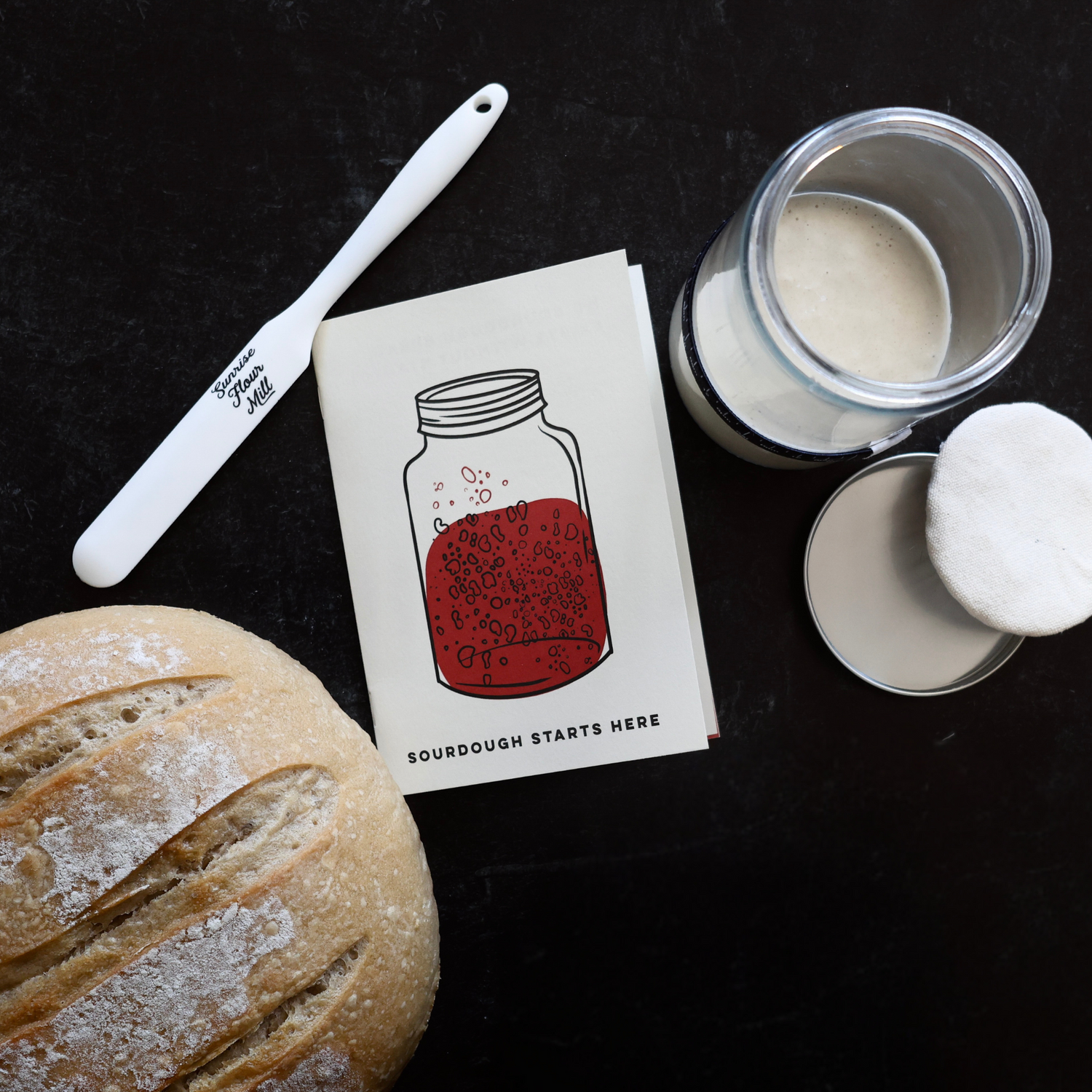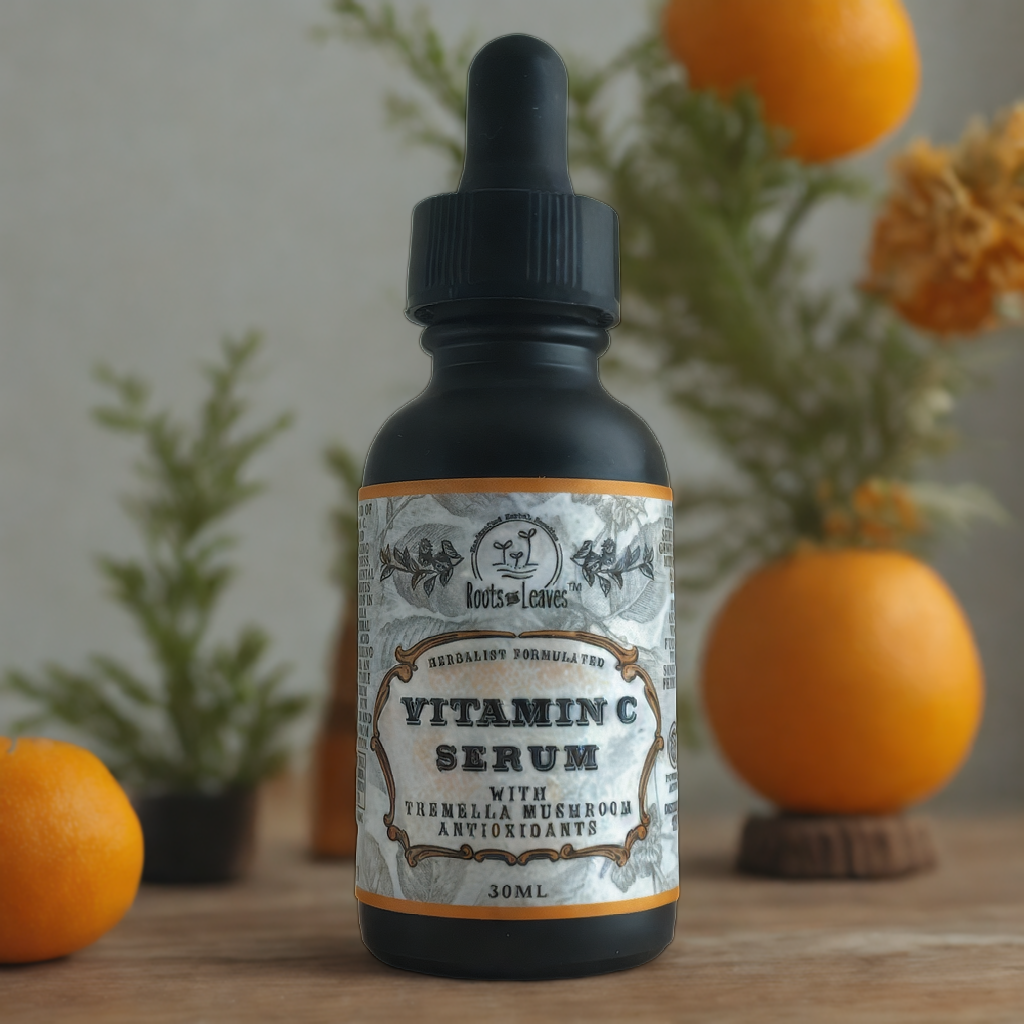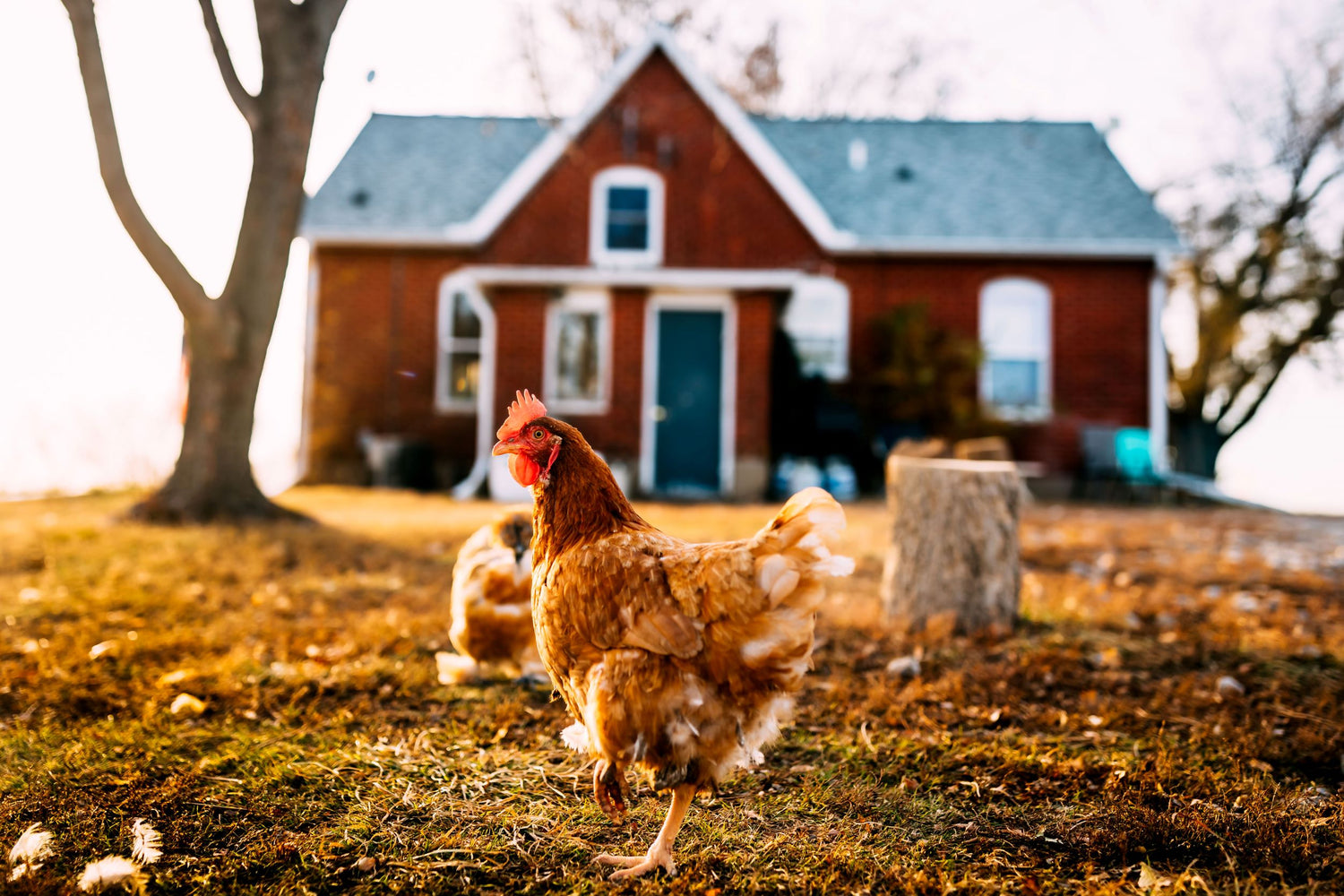National Milk Day, January 11, commemorates the day believed to be the first time milk deliveries in glass bottles began in the United States in 1878.
We love our cows, plus our two new additions are pretty cute as well.

Unpasteurized and non homogenized milk or raw milk, is a powerhouse of nutrition. Raw milk boasts 9 grams of healthy fat, 12 grams of natural carbohydrates, and 9 grams of protein. Raw milk contains every known fat and water soluble vitamin. Yes, EVERY known vitamin. To get them all, make sure you drink whole raw milk or you'll miss those lost in the skimming process. Enzymes in raw milk are also crucial in making it the valuable healing food it is. In digestion, for instance, they help break down starches, fats and proteins into chunks the body can use.
What’s the difference between A1 and A2 milk and why do we test our girls for an A2A2 herd?
The difference between A1 and A2 proteins is subtle: They are different forms of beta-casein, a part of the curds (i.e., milk solids ) that make up about 30 percent of the protein content in milk. The A2 variety of beta-casein mutated into the A1 version several thousand years ago in some European dairy herds. Two genes code for beta-casein, so modern cows can either be purely A2, A1/A2 hybrids, or purely A1. A1 milk is most often associated with intestinal discomfort from dairy products. A2 cow milk has a similar make up to goat and human breast milk. We think our cows milk tastes better than goat milk and it has more vitamin B-12—a nutrient essential for creating red blood cells.
Citation






0 comments